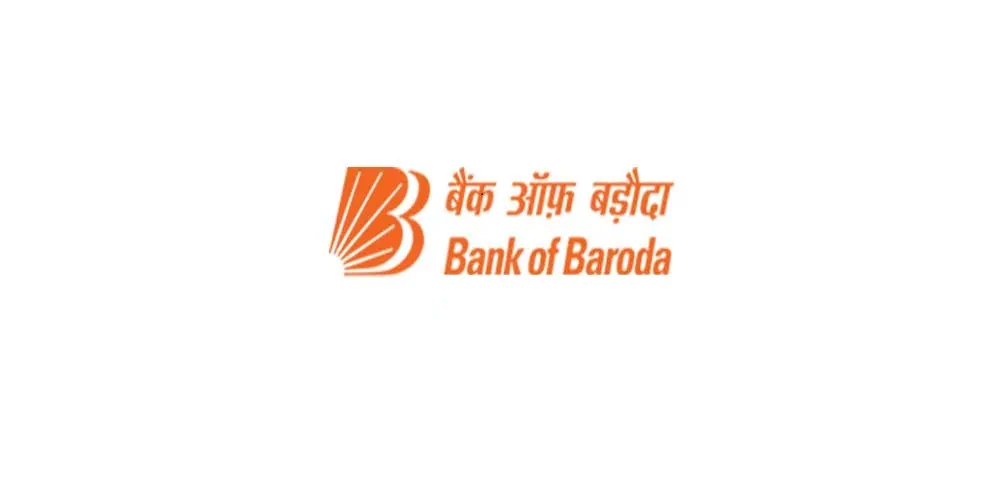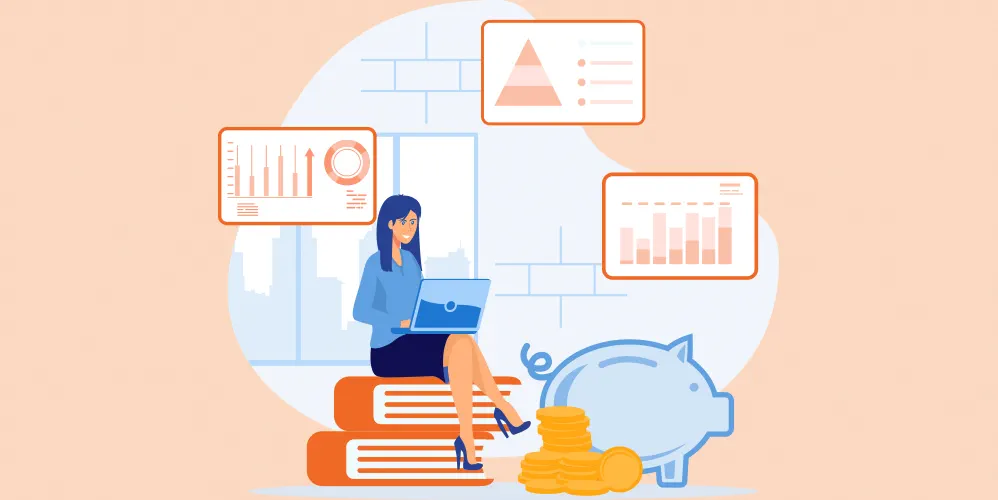
Post-Dated Cheque: Meaning, Uses, and How to Issue One
24 Mar 2025

Table of Content
Introduction
In the world of banking and finance, cheques remain one of the most widely used instruments for payments and transactions. A post-dated cheque (PDC) is a cheque that is written for a future date, i.e., the date mentioned on the cheque is later than the actual date on which it is issued or today’s date. This cheque allows the drawer (the person writing the cheque) to pay a specified amount at a future date.
A post-dated cheque (PDC) is a cheque that has a date mentioned on it which is in the future, not the present. The bank will not process the cheque until the date written on it. In simple terms, it’s a cheque issued today for a future payment.
The term “post-dated” refers to the cheque being dated in the future, while the term “cheque” is the payment instrument itself. For example, if today is December 10th, a post-dated cheque might have a date of January 10th, 2025. The bank will only honor this cheque when the date arrives if otherwise in order.
How Post Dated Cheque Works?
A post-dated cheque functions similarly to any other cheque, but with the restriction that it cannot be cashed or deposited until the specified date. Here’s how it works:
1. Issuance :
The person issuing the cheque writes the amount and the future date. They then hand it over to the payee (the person receiving the payment).
2. Presentation to Bank :
The payee can only deposit the cheque or present it for clearing on or after the date mentioned on the cheque.
3. Bank Processing :
The bank processes the cheque based on the date written on it. If presented before the date, the bank will not honor the payment.
4. Payment :
On the specified date, the bank clears the cheque if otherwise in order.
Uses of Post Dated Cheque
Post-dated cheques are used in various financial transactions, often for future payments or in scenarios where payment need to be made in instalments. Some common uses include:
1. Loan Repayments :
Post-dated cheques are often used in loan agreements, where the borrower provides a series of PDCs for future instalment payments.
2. Rent Payments :
Landlords may ask tenants to issue post-dated cheques for future rent payments.
3. Business Transactions :
Suppliers may request post-dated cheques from businesses for payments due at a future date.
4. Security for Debts :
Post-dated cheques can also serve as security for loans or debts, where the lender will deposit them at a later time.
Also Raed: What is Cheque: Different Types of Bank Cheques
How to Issue a Post Dated Cheque?
Issuing a post-dated cheque is simple and follows the same process as writing a regular cheque. However, there are a few key steps to ensure it’s done correctly:
1. Write the Date :
Ensure that the date written on the cheque is in the future.
2. Write the Amount :
Write the amount in both words and figures, just as you would on a regular cheque.
3. Payee’s Name :
Write the name of the person or entity who will be receiving the payment.
4. Signature :
Sign the cheque as you would for any cheque.
Make sure to keep a record of the cheque and the details for future reference, as post-dated cheques are often used for important payments.
Advantages of Post Dated Cheques
Post-dated cheques offer several advantages, especially for both the issuer and the payee:
1. Future Payments :
They allow both parties to agree on a future date for payment, ensuring a structured payment plan.
2. Convenience :
It is a convenient method for scheduling payments in advance, whether for loan instalments, rent, or other expenses.
3. Safety :
Since the cheque is dated for the future, the issuer does not need to worry about immediate withdrawal from their bank account .
4. Proof of Commitment :
A post-dated cheque can serve as evidence of commitment to a future payment, making it a reliable form of assurance.
Alternatives to Post Dated Cheques
While post-dated cheques are widely used, there are several alternatives available for future payments:
1. Standing Instructions (SI) :
A standing instruction allows automatic payments on a fixed date, such as for bills or loan repayments. It’s a more automated way of ensuring payments are made on time.
2. Electronic Fund Transfer (EFT) :
EFTs can be scheduled for future dates and are becoming a more popular method for transferring funds.
Also Read: What is Overdraft Facility in Banking?
Conclusion
A post-dated cheque (PDC) is a useful financial instrument, especially when making future payments or instalments. It provides a structured way to ensure that payments are made at a later date, making it convenient for both the issuer and the payee. However, it is important to remember that the cheque will only be honored by the bank on the specified date, and not before if otherwise in order.
Whether you are paying for rent, loan instalments, or business transactions, post-dated cheques offer a secure and reliable way to handle future payments. However, it is always worth considering the modern alternatives like standing instructions or electronic payments for better convenience and efficiency.
If you need any assistance with post-dated cheques or other banking solutions, feel free to visit Bank of Baroda for more details.
Popular Articles
Tag Clouds
Related Articles








What Is Joint Account? - Meaning, Benefits, Application Process & How its Work


-
Disclaimer
The contents of this article/infographic/picture/video are meant solely for information purposes and do not necessarily reflect the views of Bank of Baroda. The contents are generic in nature and for informational purposes only. It is not a substitute for specific advice in your own circumstances. Bank of Baroda and/ or its Affiliates and its subsidiaries make no representation as to the accuracy; completeness or reliability of any information contained herein or otherwise provided and hereby disclaim any liability with regard to the same. The information is subject to updation, completion, revision, verification and amendment and the same may change materially. The information is not intended for distribution or use by any person in any jurisdiction where such distribution or use would be contrary to law or regulation or would subject Bank of Baroda or its affiliates to any licensing or registration requirements. Bank of Baroda shall not be responsible for any direct/indirect loss or liability incurred by the reader for taking any financial decisions based on the contents and information mentioned. Please consult your financial advisor before making any financial decision.
Avoiding Cheque Bounce Charges: Tips and Guide
In our daily financial dealings, cheques remain one of the most widely used and trusted methods for making payments, especially for larger transactions. But what happens when things don’t go as planned? What if the cheque you issue or receive bounces? It can be a frustrating situation for both parties involved, but more importantly, it can come with additional costs, penalties, and even legal implications. To help you avoid these pitfalls, let’s break down everything you need to know about cheque bounce charges, why they happen, and how you can prevent them.
Understanding the Different Types of Cheques: A Comprehensive Guide
Cheques remain one of the most widely used financial instruments for transactions, offering a convenient and secure way to transfer money. However, not all cheques are the same. Each type serves a specific purpose and follows different rules. This blog explains the types of cheques, their uses, and how to handle them securely.

